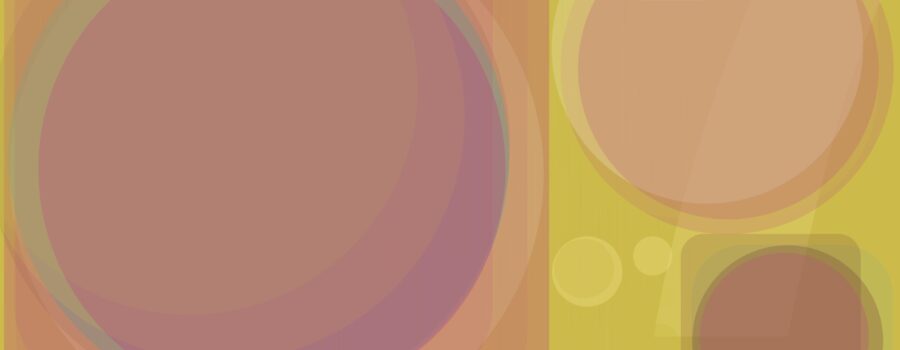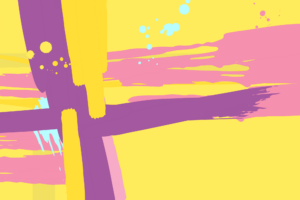Welcome to errare, my latest long-form generative algorithm. Based on repeating primitives, errare’s algorithm is intentionally minimalistic with an emphasis on color and color field analysis. At its core, concentric primitives lie within the golden ratio and culminate in a study of mathematical beauty. Errare explores the dichotomy between randomness and structure. It believes that beauty lies somewhere in the middle.
In errare, color is queen. errare’s color palettes draw inspiration from abstract expressionism paintings of the 50s and 60s. Some of my favorite artists, including Rothko, Mitchell, Krasner, de Kooning, Kline, Hofmann, and Reinhardt, lend their artistic brilliance to errare’s color makeup.
Errare humanum est
“Errare humanum est”
– Probably, maybe, Seneca
“To err is human”
Why errare? To err is human, and my first long-form generative art series is anything if not human. I’m sure that the code behind Errare occasionally strays from standards and best practices, but it is mine, and beautiful in its imperfection. The journey of creating and coding errare, though often challenging, has been rewarding and fulfilling in more ways than I would have ever anticipated. I hope you enjoy it.
Structure
errare’s algorithm begins with eight primitives that provide an underlying structure. Randomness algorithmically determines the number of primitives, their color, outline, opacity, size, placement, and transparency, allowing for unpredictability within constraints and ensuring unique, quality outputs.

Eight primitives make up Errare’s core structure each carefully placed to align with the golden ratio. The Fibonacci sequence plays a key role in all aspects of errare from primitive placement to randomness and beyond.
Color
Within errare’s algorithm, there are eight probabilistic color palettes. Each color palette contains a set of carefully selected colors with varying selection probabilities. These palettes were chosen as the final set based on color harmony and outcome variety. Each was fine-tuned over months of iteration until perfected.
| Abstraction | 20% probability | |
| The Lot | 20% probability | |
| Number 17 | .5% probability | |
| White Center | 20% probability | |
| Lust and Delight | 12% probability | |
| Blueberry Eyes | 7% probability | |
| Thaw | 20% probability | |
| Number 107 | .5% probability |
As a case study, let’s look at my favorite color palette from errare. Drawing inspiration from Mark Rothko’s 1950 work, White Center, I selected 16 colors that embody his work while producing beautiful and harmonious outputs. To achieve the best possible color harmony, a probability was assigned to each color. It took the selection of endless color options and examination of hundreds, if not thousands of outputs, before locking in the final colors and probabilities.


Examples of errare’s White Center color palette.
Light
Light plays an integral part in how primitives and colors interact. Errare’s light values range from opaque (10% probability) to translucent (10% probability), and transparent (80% probability).
Vibe
The number of primitives created per each of the eight structural sections is determined by the vibe. Low flow (70% probability) is the standard, Ninja (25% probability) creates half of the standard primitives, and 11 (5% probability) increases the standard primitives by a multiple of ten.
“These go to eleven.”
– Nigel Tufnel, This Is Spinal Tap
Entropy
Entropy in errare indicates structural deviation. Most outputs are Chill (70% probability) and all primitives align strictly with errare‘s defined structure. Groove (10% probability) results in primitives with slight deviations and Meltdown (20% probability) is just as it sounds with very little structural alignment.
Universe
All errare outcomes fall into one of four universes. Parallel (40% probability), is the most common outcome and sets the standard for the algorithm. Mirror (20% probability), Otherside (20% probability), and Bizarro (20% probability) are equally weighted alternative universes.

Prints
Archival Pigment (Giclée) prints are available upon request.












